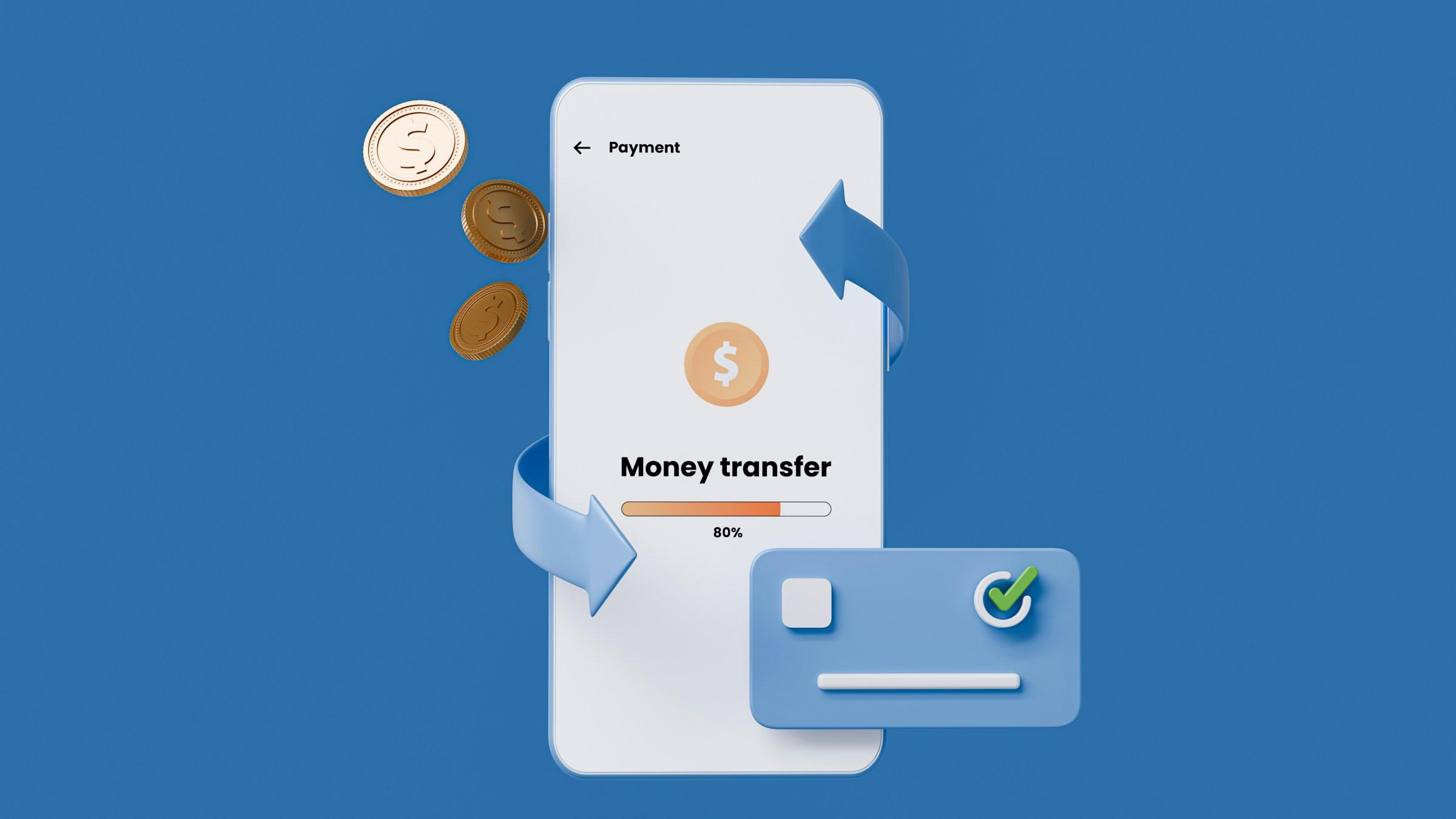Many Malaysians work, study, or build careers across the Causeway, and a fair number end up with meaningful savings inside Singapore’s Central Provident Fund. As retirement nears, a practical question rises to the surface. If I take money out of CPF and bring it home, will Malaysia tax me. The answer is not a one line slogan. It rests on three anchors that must be understood together. The first is the character of what you receive from Singapore, whether it looks like a simple drawdown of your own savings or like a stream of retirement income paid over time. The second is your residence and where you actually receive the money. The third is the temporary way Malaysia currently treats foreign income brought into the country, a rule that is generous to individuals but explicitly time bound.
Start with the simple principle that tax follows residence and receipt. For a Malaysian who has returned home and is tax resident here, what matters is the moment foreign money reaches Malaysia. Since 2022, Malaysia has generally taxed foreign sourced income that residents receive in or bring into the country. That policy caused understandable anxiety for cross border workers and retirees. In response, the government created an exemption for resident individuals. During the window from 1 January 2022 to 31 December 2026, foreign sourced income that a resident individual receives in Malaysia is generally exempt, subject to conditions and proper disclosure in the annual return. The spirit of the rule is to avoid penalising ordinary people who are merely consolidating savings or living on overseas retirement funds, while still keeping the framework in place for a later policy tightening if required by fiscal needs.
This exemption immediately frames the CPF discussion because CPF savings are foreign in origin. If you transfer a lump sum from a CPF account to a Malaysian bank during the exemption period, you are bringing foreign income into Malaysia, and at least during this window it is generally not taxed. The exemption is not automatic in the sense that you can forget about it at filing time. The revenue authority expects you to disclose the amount as foreign income and then claim the exemption. You should keep statements that prove the source, the amount, and the date of remittance. In the event of a query, those documents allow you to demonstrate that you have stayed within the rules.
Next, look at the Singapore side to avoid confusion about source country tax. Singapore does not treat the act of withdrawing CPF savings as taxable income for the member. The system was designed as a mandatory savings and social security arrangement. Employment income is taxed while you are working, and employer and employee contributions flow into CPF according to Singapore law, but the later withdrawal by the member is not a taxable event there. That point matters because if Singapore does not tax the withdrawal, there is no immediate risk of double taxation. The remaining question is how Malaysia, as your residence state, views the amount when you receive it.
Between Malaysia and Singapore there is also a tax treaty that allocates taxing rights. Treaties do not create exemptions on their own. They simply decide which country has the right to tax a given category of income. Article 18 in the Singapore–Malaysia agreement deals with pensions and similar payments that reward past employment. It says that such pensions are taxable only in the country where the recipient lives. If you are a Malaysian resident who receives a pension like stream from Singapore, Malaysia has the taxing right and Singapore steps back. That is a helpful signpost when thinking about CPF LIFE, the annuity that many members join in their sixties. A monthly payout under CPF LIFE looks and behaves like a pension stream arising from past employment savings. Under the treaty, Malaysia has the right to tax it if you live here. Whether Malaysia uses that right in practice depends on domestic law in the year of receipt. During the current window that runs through the end of 2026, Malaysia has chosen to exempt foreign sourced income received by resident individuals, so a CPF LIFE payout that you remit to Malaysia is generally shielded by that rule, once again with the usual disclosure and record keeping.
It helps to separate two real world CPF events that often get conflated. The first is a lump sum withdrawal that becomes possible once you have set aside the required retirement sums at age fifty five and beyond. This looks like a drawdown of your own capital. The second is the decision to receive monthly payments for life under CPF LIFE. This looks like an annuity. For Malaysian purposes, the treaty clarifies who can tax the annuity like stream, and the domestic exemption decides whether the amount is actually taxed when it hits your Malaysian account during the window. For lump sums, the treaty label is less central because the money is better seen as capital you previously saved. The domestic rule on foreign income then does most of the heavy lifting. During the window, that rule is generous to individuals who bring their foreign savings home, including CPF balances that meet the conditions.
Residence and place of receipt can change how the rules apply. If you remain in Singapore and are tax resident there when you withdraw, Singapore’s domestic treatment governs and a CPF withdrawal is not taxed. If later you move to Malaysia, become resident here, and start receiving CPF LIFE payouts, the treaty says Malaysia has the taxing right. Whether Malaysia exercises that right depends on the law of the day. If you keep the payout in a Singapore account and do not remit it, there is no receipt in Malaysia. The moment you remit it and it lands in a Malaysian account, the Malaysian foreign income framework becomes relevant. Planning is therefore not just about labels or product names. It is about dates, residence status, and the path your money travels.
Documentation is not a minor detail in this area. The exemption for individuals rests on the idea that taxpayers can show the foreign origin of the money and the timing of receipt. In practice, that means keeping CPF statements that show the withdrawal or the monthly payout, bank records that show the transfer into Malaysia, and any letters or schedules that describe your CPF LIFE plan if you have one. When you file your Malaysian return you should report the foreign income and claim the exemption for the relevant year, then retain the supporting evidence for the usual record keeping period. None of this is onerous, but it rewards the person who keeps tidy files.
The obvious question is what happens after the window closes. As matters stand, the exemption for resident individuals ends on 31 December 2026. If there is no extension or replacement order, the default framework would once again tax foreign sourced income that residents receive in or bring into Malaysia, subject to any carve outs the government may introduce at that time. The treaty would continue to assign the right to tax pensions and similar income to your residence state, so the right would still sit with Malaysia if you live here. The difference is that, absent an exemption, the domestic law could produce an actual tax bill on receipts after the window. Since policy can change, the only sensible approach is to treat the written end date as real until an official announcement says otherwise. That does not mean panic or hasty decisions, but it does mean you should factor the date into your plans if you expect to make large withdrawals or to begin receiving a new stream of monthly payouts.
None of this should be read as a call to game the system. The goal is to match your decisions to rules that already exist. If you are a Malaysian resident with CPF savings and you intend to live in Malaysia, you have a clear path during the current window. Lump sums that you remit from CPF into Malaysia are generally exempt during the period, so long as you disclose and document them properly. Monthly CPF LIFE payouts that you bring into Malaysia are also generally covered by the same rule during the window, and the treaty supports Malaysia’s role as the only taxing jurisdiction for that pension like income if you live here. If you are living in Singapore instead, the withdrawal itself is not taxed there. The decisive variables are your residence, where the money is received, and when it is received.
Good financial housekeeping ties the whole picture together. Before you withdraw or switch on CPF LIFE, take an hour to map out your timeline. List the dates when you expect the money to land, the accounts it will pass through, and the records you will keep. File the CPF statements, bank slips, and any letters from the scheme provider. When tax season arrives, fill in the foreign income disclosure in your Malaysian return for amounts received during the window and state the exemption. If your situation includes unusual elements such as split residence, business income, or trusts, speak with a professional who can match the treaty articles and domestic rules to your facts. Most readers will not need anything complex, but a short consultation can be reassuring when meaningful sums are involved.
The heart of the matter is simple. During the exemption window, foreign sourced CPF monies that a Malaysian resident receives in Malaysia are generally not taxed here, provided you meet the conditions and follow the disclosure steps. Singapore does not tax the withdrawal itself. The treaty points pension like streams to your country of residence. The domestic exemption then turns that allocation into a practical outcome by shielding the receipt during the window. After 31 December 2026 you will need to check the position again. Policy was tightened once and then eased for this limited period. It could be tightened again, or the relief could be extended, or the approach could be reshaped for retirees. Until there is an official change, plan with the rules you can read today, keep clean records, and let your retirement savings do what they were always meant to do, which is to support a calm and orderly life back home.











.jpg&w=3840&q=75)

.jpg&w=3840&q=75)
